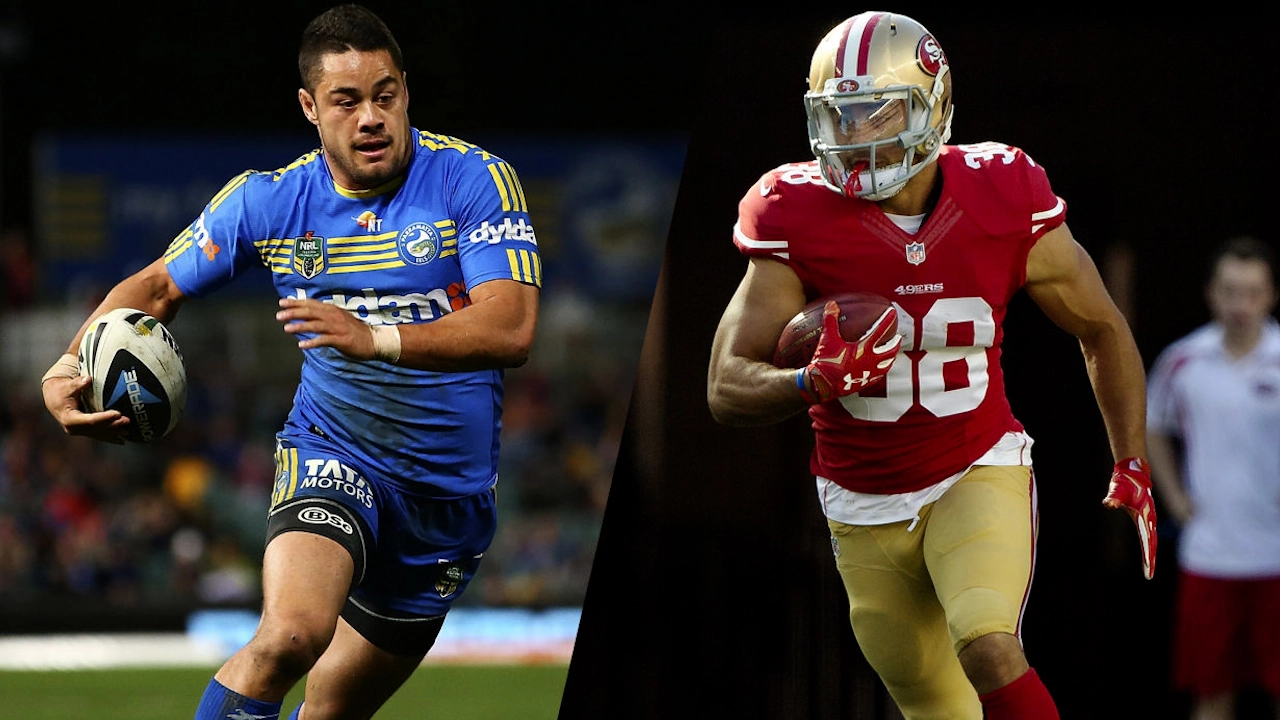The Birth of Rugby and American Football
Let me take you back to a time when the terms 'touchdown' and 'try' hadn't been coined yet; to a time when William Webb Ellis, an audacious chap from sunny England, picked up a leather ball during a soccer match and started running towards the opponent's goal post. The year was 1823. Nye Bevan hadn't yet sown the seeds of the National Health Service, and England hadn't even considered the thought of losing a cricket match to its former colony. Fast forward a few decades, and we're now in the busy streets of modern-day America, where American football (not to be confused with soccer) was slowly but surely gaining popularity. Why, you ask? Well, let's go on a historical journey together.
The Most Common Misconceptions
I've lost count of the number of times people have shrugged off my passion for rugby with a dismissive 'Isn't it just like American football?' It's here where I find myself correcting a narrative that's been ingrained in the minds of many: no, rugby is not similar to American football. Sure, they might seem like siblings separated at birth to the untrained eye, with their hefty players, scoring systems, oval-shaped balls, and aggressive tackles, but once you delve deeper into the sport, you begin to unravel their identities. Interestingly, the closer you look, the more their dissimilarities tend to supersede their surface-level similarities.
Rugby, meet American Football
Unlike American football, where players kit up and gear up with ample protective equipment, rugby players enter the field with nothing more than a pair of cleats, a mouthguard, and intense dedication. Whereas rugby has continuous gameplay, American football is start-and-stop. This means that rugby players are consistently in the mode of both offense and defense, dealing with bruised knees and gasping breaths through the 80-minute gameplay. In comparison, American football gives its players frequent breaks, allowing for careful strategizing before every play. It's like comparing Sam, my energetic Boxer, continuously darting around the park, to a couch potato who occasionally musters up the energy to fetch a toy. Yet, both can be oddly entertaining.
A Change in Scenery
Imagine setting foot on a lush grass field, flanked by goal posts and white lines designed to guide you through a series of tactical maneuvers. As you look around, you would see 15 able-bodied men per side in a rugby game, each donning a uniform devoid of any protective gear, primed to strike at any minute. In contrast, an American football field would host 11 players per side, each hidden behind a veritable fortress of protective gear. The American football field is a checkerboard of lines and numbers, reminding players of the exact yardage they need to gain to keep progressing. This juxtaposition presents a stark difference in the atmosphere and aesthetics of the two games.
Scoring System
The scoring system represents another stark contrast. In rugby, the holy grail is achieving a 'try', where the ball is grounded over the opponents' end goal line, which fetches a team 5 points. This can be followed by a 'conversion' (think of it as a bonus point which is worth 2 points). Furthermore, drop goals and penalty kicks score 3 points each. The scoring in American football revolves around touchdowns (6 points), field goals (3 points), and extra points or two-point conversions (1 or 2 points respectively). The terminology itself differs vastly. It's like saying tomato and to-ma-to; both fruits (yes, a tomato is a fruit) but vastly different once you bite into them.
Moments that Shape the Sports
There's a tale from my past I often recount whenever someone compares rugby to American football. As a teenager, I went to an American high school for a year where I was introduced to the spectacle of American football. On my return to Wellington, I strapped back into my rugby cleats, ready to hit the field once more. Yet, the collision of the two sports in my identity fostered an indulgent chaos. Every Friday, I'd lead my rugby team into matches with the distinct aura of an American quarterback, trying to infuse the start-stop, meticulous planning of American football into our rugby DNA. This amusing yet enlightening phase helped me understand the significant differences that lie in the inherent nature of these two sports.
With these illustrious histories and distinct gameplay mechanisms, rugby and American football are more dissimilar than they might appear at first glance. Yes, both sports are brutal, relentless, and require an unfathomable level of fitness and strategy. But once you peel back the layers, you realize each sport is a world in itself, resonating with different demographics, telling its own unique story. Much like my spirited Boxer Sam bounding around joyfully in the park, each game has its unique charm and appeal.


